Isuzu Electric Truck boarding Passenger Stairs
The Isuzu Electric chassis truck airport passenger ladder is a special vehicle modified from a Isuzu electric chassis. It is mainly composed of a rotating ladder and a lift frame, a lifting mechanism, a telescopic platform, a flip tail ladder and a supporting structure. These components work together to enable the passenger ladder to dock with the aircraft door, making it convenient for passengers to get on and off the plane.
Work capacity:
88 peopleTruck model:
PT1070GKTEngine power:
60KWEngine type:
BatteryAxle drive:
4x2Gear box:
AutomaticRemarks:
Differeent battery availableIsuzu Electric Truck boarding Passenger Stairs is a Isuzu electric chassis modified aviation ground equipment designed to assist passengers in getting off and on the plane, and is suitable for planes with cabin door heights ranging from 2400 to 5800mm.
Electric Isuzu Airport passenger elevators are the main tool to ensure that passengers and staff can board and disembark. When the aircraft is parked at a remote parking position and cannot be connected to the terminal building through a jet bridge, the airport passenger elevator becomes the only channel for passengers to board and disembark. The passenger elevator connects to the aircraft cabin door through its liftable boarding ladder, providing passengers with a safe and convenient way to board or disembark.
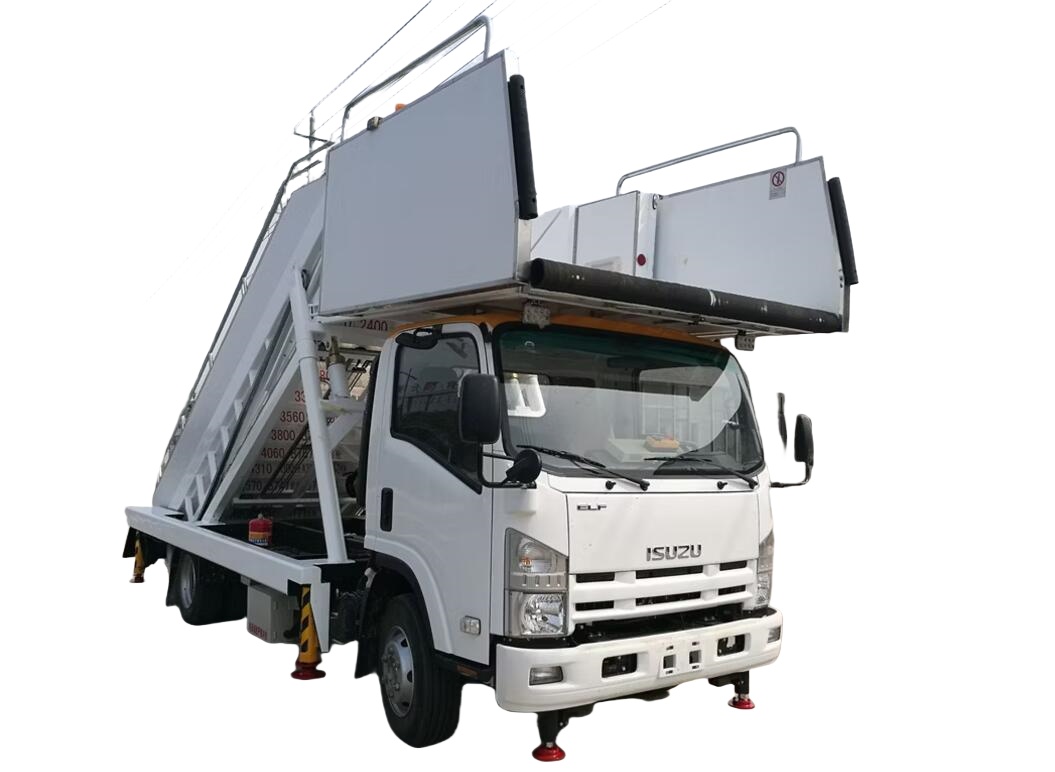
It is primarily suitable for the B737 series, B747, B757, B767, B777, B787, A320 series, A300, A330, A340, and A380 front cabin models.
This stair truck is mainly composed of the chassis, ladder (fixed ladder, sliding ladder), lifting mechanism, hydraulic system, and electrical system. The truck uses a self-made chassis and can carry out either left or right driving based on customer needs. It uses a hydraulic system steering for convenient, reliable and safe operation. The walkway platform features an extended design, allowing the truck to bear a load of about 7.2 tons, or 100 people.
Materials of Isuzu Electric Truck boarding Passenger Stairs
Functions of Isuzu Electric Truck boarding Passenger Stairs
Parameters of Stair Truck
Main performance indicators:
The working principle of the airport passenger ladder is mainly based on its mechanical and hydraulic systems. The following is a detailed explanation:
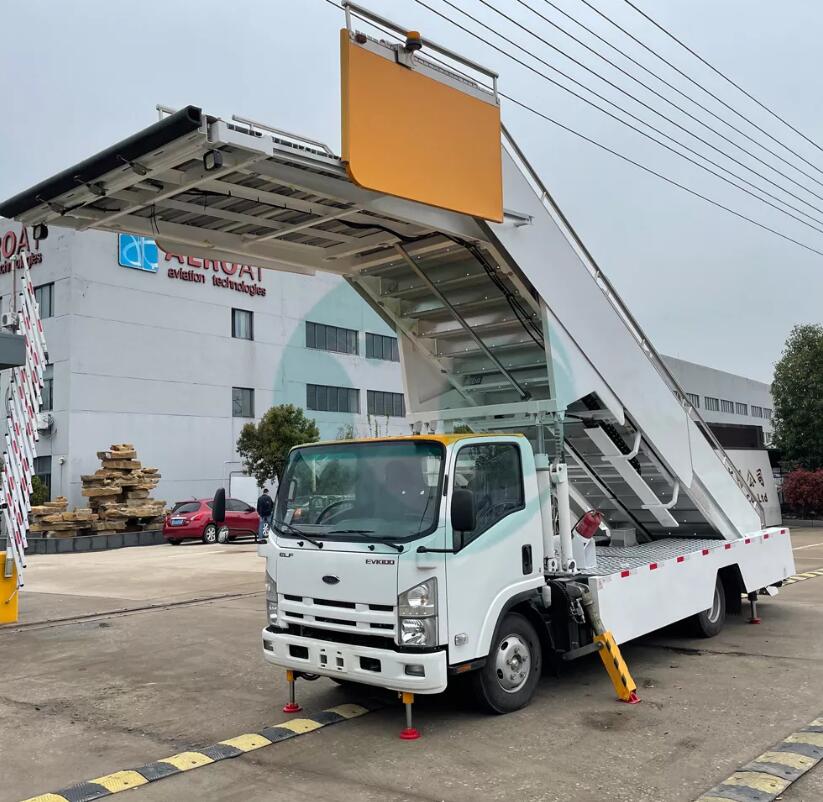
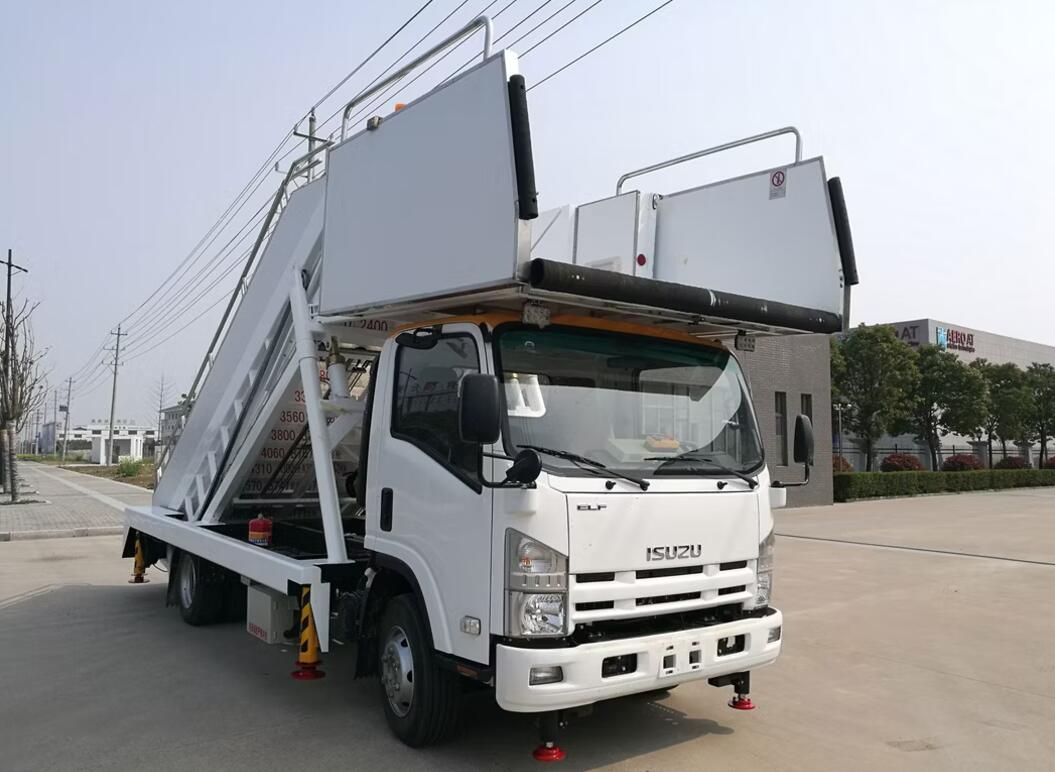
1. Basic structure
The airport passenger ladder is a special vehicle modified from a car chassis. It is mainly composed of a rotating ladder and a lift ladder frame, a lifting mechanism, a telescopic platform, a flip tail ladder and a supporting structure. These components work together to enable the passenger ladder to dock with the aircraft door, making it convenient for passengers to get on and off the plane.
2. Working principle
Power source:
The passenger ladder uses the engine as a power source, drives the hydraulic pump through the engine, and then provides power for the entire lifting mechanism.
Lifting operation:
When the passenger ladder drives near the aircraft, the driver will connect the power take-off and hydraulic pump, and use the power of the engine to drive the movable spiral ladder and platform to rise and fall.
When the platform rises to the height corresponding to the aircraft cabin door, the driver will operate the vehicle to slowly and flexibly dock the front end of the ladder platform with the lower edge of the aircraft cabin door.
Safe support:
After the platform docks with the aircraft cabin door, the driver will put down the support foot to support the weight of the entire platform to ensure stability.
At the same time, disconnect the hydraulic pump and turn off the engine to ensure that the vehicle is stationary when passengers get on and off the plane.
Passengers getting on and off the plane:
The driver will pull out the platform safety armrest and open the aircraft door, and passengers can get on and off the plane through the passenger ladder steps.
When evacuating the aircraft, the driver will retract the safety baffle, put away the support legs, and then slowly reverse out of the aircraft, and then lower the movable spiral ladder for next use.
3. Special types
In addition to the common motorized passenger ladders, there are also types such as push passenger ladders and electric passenger ladders. These different types of passenger ladders are basically similar in working principles, but the operation methods and power sources may be different. For example, push passenger ladders usually rely on human power to push or pull, while electric passenger ladders use direct current as a power source.
4. Safety Assurance
The passenger ladder is designed with full consideration of safety and adopts multiple sets of protection devices and emergency measures. For example, in an emergency or when the vehicle is shut down due to power failure, there are manual emergency systems and electric emergency systems to complement each other to ensure the safety of personnel, equipment and aircraft.
In summary, the working principle of the airport passenger elevator is to use the engine to drive the hydraulic pump to provide power for the lifting mechanism, so as to achieve the lifting and lowering of the platform and docking with the aircraft door. At the same time, the passenger elevator also has a variety of safety measures to ensure the safety of passengers and crew members.
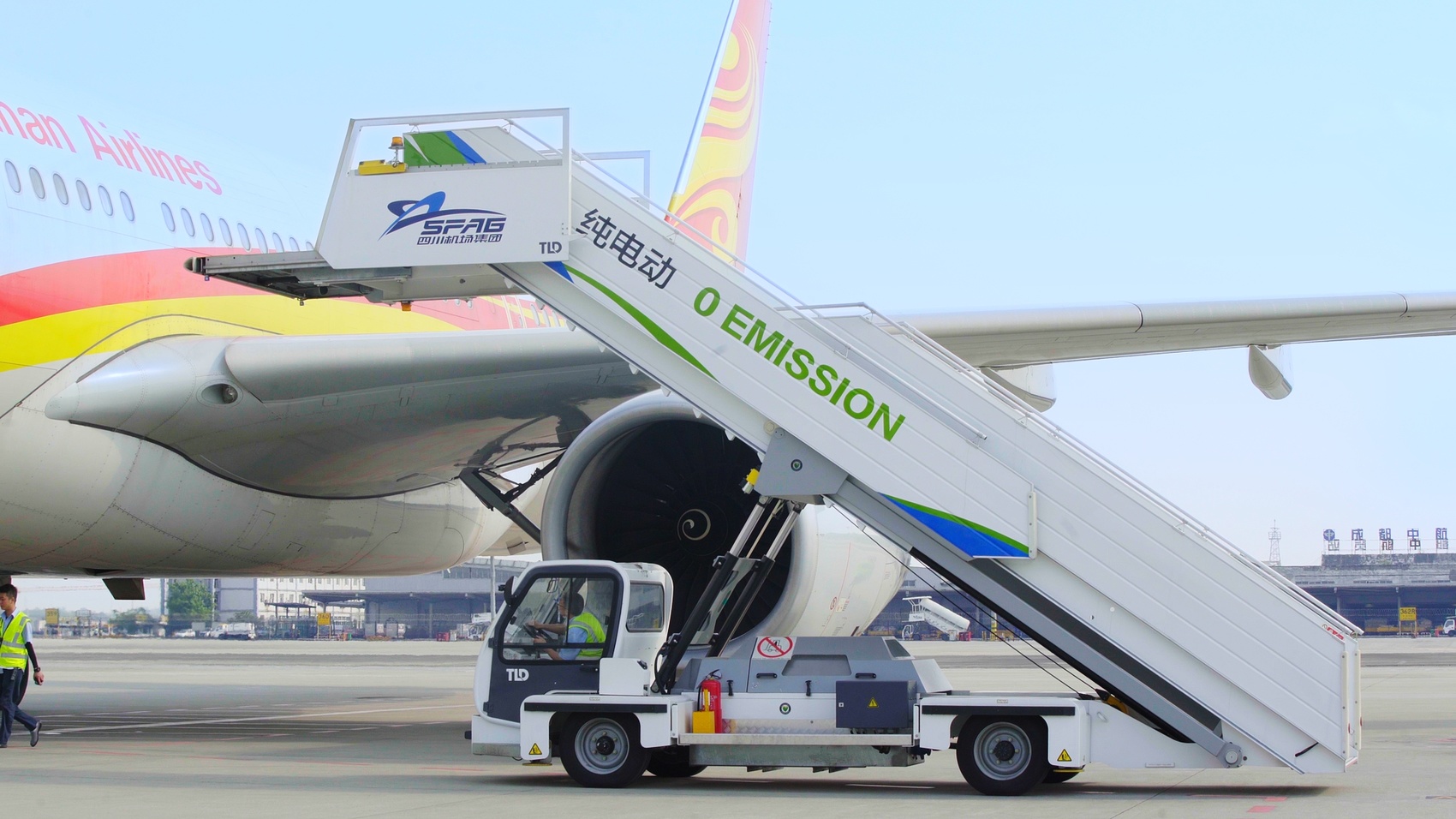
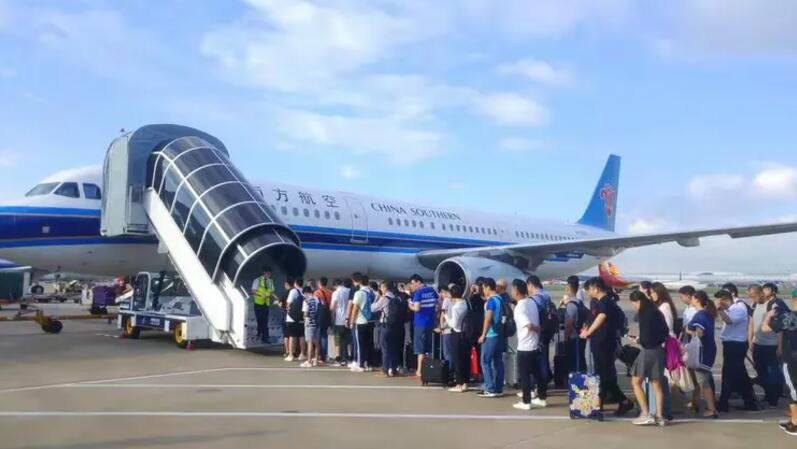
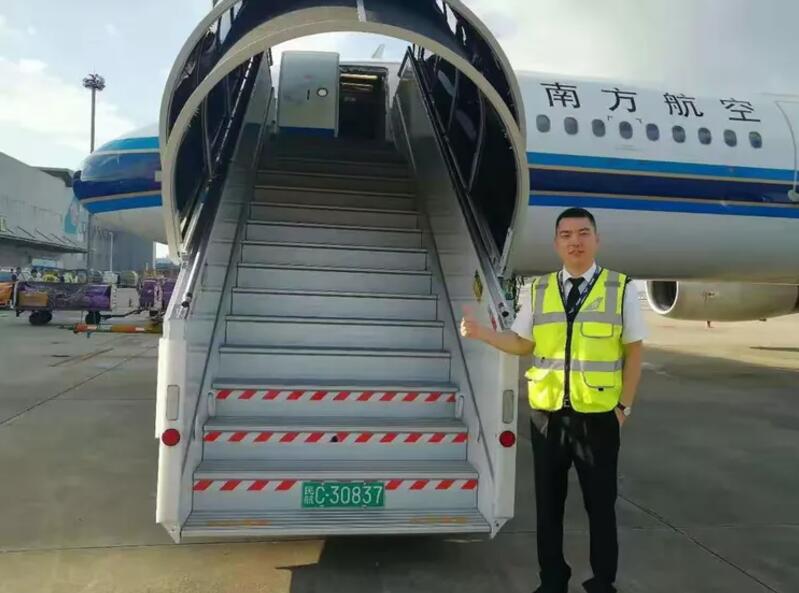
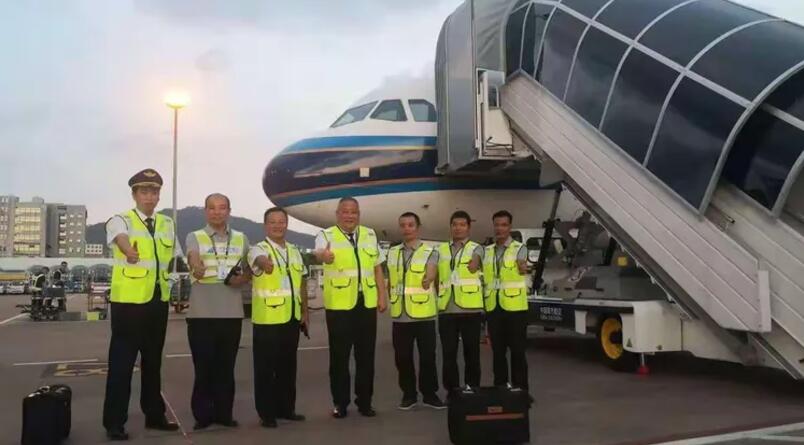
There are significant differences between airport passenger elevators and ordinary passenger elevators, which are mainly reflected in usage scenarios, design features, functional requirements, and safety standards. The following is a detailed comparison of the two:
1. Usage scenarios
Airport passenger elevators:
Specially designed for use in airport environments for passengers to get on and off planes.
Usually used in conjunction with aircraft parked at remote parking positions, when aircraft cannot dock at the jet bridge, airport passenger elevators become necessary equipment for passengers to get on and off planes.
Ordinary passenger elevators:
Widely used in construction sites, shopping malls, hotels, office buildings and other places for transporting people or goods.
Usually used in conjunction with stairs or elevators inside buildings to form a supplement to vertical transportation.
2. Design features
Airport passenger elevators:
It has higher stability and safety requirements to adapt to the complex environment of the airport and frequent passenger use.
The body structure is sturdy and can withstand large loads and impact forces.
The ladder body is reasonably designed to facilitate passengers to get on and off the plane quickly while reducing bumps and discomfort.
Ordinary passenger elevators:
The design is relatively simple, mainly meeting the daily transportation needs of people or goods.
The body structure may be relatively light to meet the needs of different places.
The body design may focus more on convenience and flexibility to adapt to different usage scenarios.
3. Functional requirements
Airport passenger elevator:
It needs to have functions such as fast lifting, stable docking, and safe support to ensure the safety and convenience of passengers getting on and off the plane.
It is usually equipped with safety equipment such as photoelectric rangefinders, anti-collision protection devices, and emergency equipment such as emergency hand pumps.
Ordinary passenger elevator:
It mainly meets basic lifting and transportation functions.
It may be equipped with simple control devices and safety protection devices, but its functional and safety requirements are lower than those of airport passenger elevators.
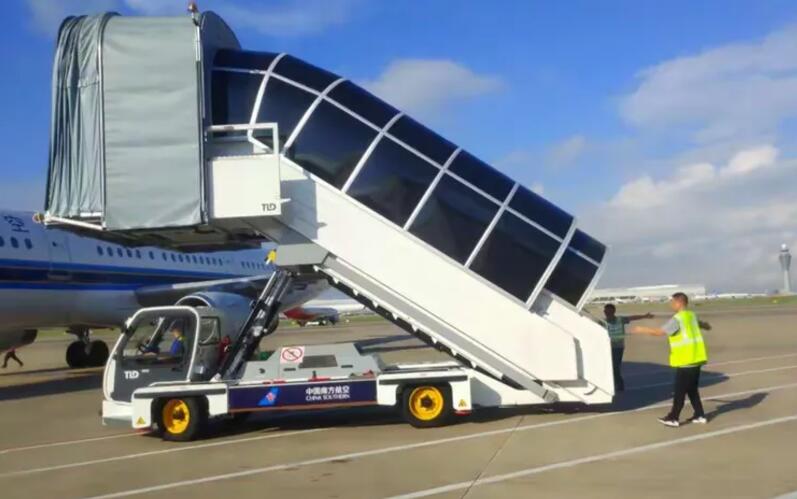
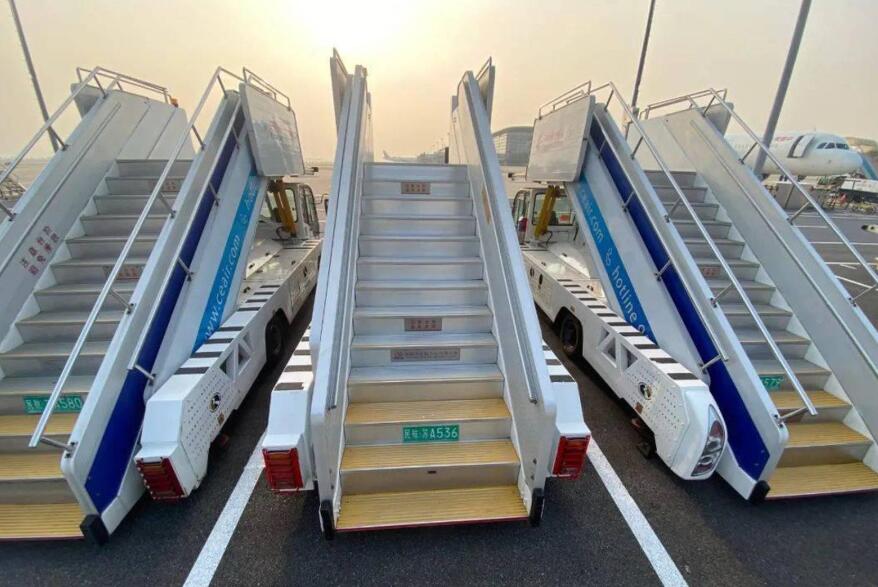
4. Safety standards
Airport passenger elevator:
It follows strict international and domestic safety standards, such as ISO standards and relevant regulations of the Civil Aviation Administration of China.
It needs to undergo strict testing and certification to ensure that it meets safety requirements.
The driver needs to undergo professional training and hold the corresponding operation certificate.
Ordinary passenger elevator:
It follows general safety standards and regulations.
It may need to undergo certain tests and certifications, but its safety standards and requirements are lower than those of airport passenger elevators.
Operators may not need professional training, but they should have certain operating experience and safety awareness.
In summary, there are significant differences between airport passenger elevators and ordinary passenger elevators in terms of usage scenarios, design features, functional requirements, and safety standards. These differences enable airport passenger elevators to better adapt to the airport environment and meet the safety and convenience needs of passengers getting on and off the plane.